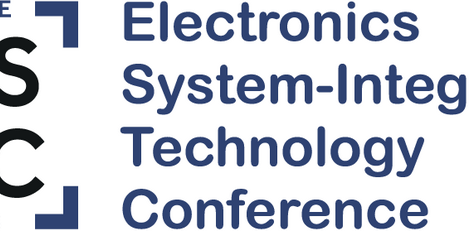That was a close call, when a Tesla driver hit a piece of steel lying on the street surface he was driving along. Immediately the glitzy luxury e-car from the US start-up began to burn, since the battery cluster had been hit causing a massive short circuit.
Or take the spirited venture initiated by Shai Agassi in Israel and Denmark, the former SAP top manager, who spent his money establishing the Better Place project – and this company is bankrupt now. The concept was based on e-cars with easily interchangeable battery sets charged by photovoltaic systems at the exchange stations.
cChancellor Madame Merkel made the promise of 1 million e-cars on Germany’s roads by the year 2020, not to mention in other regions of Europe. And the industry is working hard on the issues of locally storing the electrical energy (the most demanding challenge), the drive system and their control, etc. Everything is linked to electronics. As long as the old technology can be advanced stepwise, leading to ever more powerful engines and at the same time lower consumption, and the prices of these cars are more or less regarded as reasonable, e-cars appear to be merely a playground for a handful of well-resourced early adaptors of fancy technology.
To date, e-cars can run for between 60 and 150 km, then the battery is empty (don’t forget winter time). A good solution for the daily traffic jam in the cities? Nope, public transport systems are a better solution. All e-cars suffer from poor battery performance, and the electrochemical cells are extremely expensive and after 1000 charge cycles (at the latest) they are spent. A Japanese car maker reacted to this quandary with the design of hybrid cars about ten years ago, and now other companies are following suit by launching e-cars featuring what they call a “range extender”. However, a real breakthrough has occurred in an area not within the scope of the car industry’s fat cats: the e-bicycle. There were about 373,000 pedelecs (pedal electric cycle) sold in Europe in 2012 (83% of Chinese origin), and additionally also 180.00 faster e-bikes were licensed. This is the fast-growing LEV (light electro vehicles) market, not the field of the too heavy, too expensive and too restricted e-cars. Millions of LEVs will crowd the streets in Europe in the year 2020 – but how many e-cars will be cruising around is anybody’s guess. Visitors can gain impulses on e-mobility during Productronica: it’s a topic at the Forum (Thursday, November 14, 10 to 10.30 a.m.) and the overarching subject is also included in other topics.
Share:









